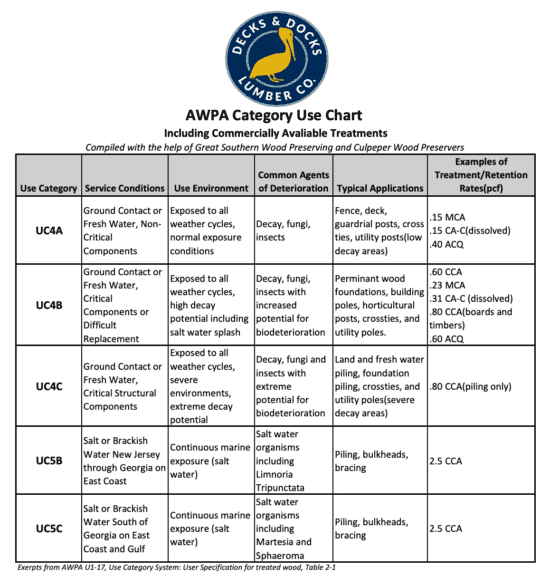If the sub structure is good, replace the deck with synthetic dimensional decking and forget about it forever or until the substructure fails. No upkeep other than a pressure wash infrequently. We did ours and all 3 rentals 3 years ago and everyone looks like new. We used Trex and stailless steel square drive deck screws. Is it cheap? Certainly not but it will outlast you.
After what I thought was a fair amount of research and comparison shopping, we redid our deck in Timbertech (Vintage, hidden fastener), and I'm not impressed, but I have friends who used Trex, who were even less impressed with theirs. Both companies make a variety of grades and types of materials, so I don't know that there is an apples to apples comparison to be made. The Timbertech material appears not to be uniform, and some boards have bowed, while adjacent boards are stable. Only non-uniformities in the extrusion could cause that. Not worth trying to cash in on a warranty replacement of a few boards, as replacing the problem boards requires removing a lot of the deck to get to them. If I have to do that, the Timbertech is gone permanently.
We also used hidden fasteners that were supposed to be better for the composite (purportedly less water intrusion and freeze/thaw damage), but with our temperature cycles, the boards are moving laterally in the fasteners, with no obvious way to inch them back into their original position. So we have gaps, and are close to needing to screw down some boards to keep them from being trip hazards. When we get there, I plan to try loosening some fasteners, and try a demolition hammer and some angle iron to move the boards back into position, but I'm open to a different/better way.
It might be that here with the solar heating in the summertime, the deck gets warmer than typical, but I don't see how that's any worse that a lot of the country. It might also be that there is more under deck wood expansion and contraction than areas that get summertime rains. (Trying to be generous here.)
If I were doing it again, I would not use wood or composite, and just go with concrete boards. After we purchased our boards, I noticed that Timbertech revised their claims of fire resistance to claims of smoke rating, which is not even close to the same thing in my book. Frankly, if the deck is not in a confined space, who cares about smoke ratings? I haven't tried to see what the fire/smoke rating on ours actually is, as I'm hoping not to rip out. My bottom line is that the material isn't stable in this installation. Caveat emptor.
All the best,
Peter

